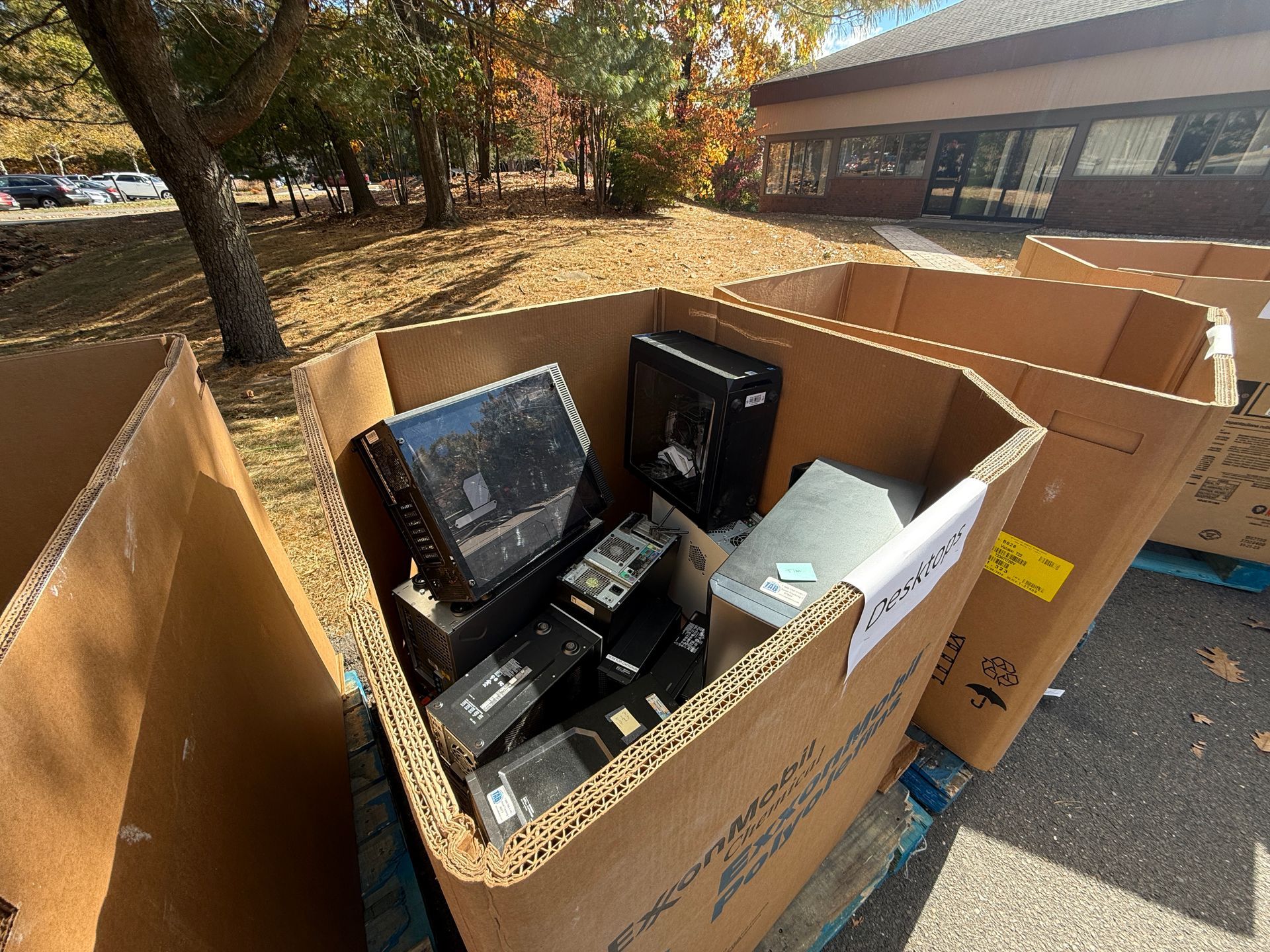Everything You Need to Know About Email Blacklisting
Email blacklisting causes disruption that can be very costly in terms of lost productivity and dropped communication with clients. In the unfortunate case your business gets blacklisted, here’s what you need to know:
Why did we get blacklisted?
Businesses are blacklisted when a blacklisting service identifies one or more emails sent from the company’s email servers as being potentially harmful, deceptive or having sent out mass quantity of email. Those services make their blacklists publicly available to the tech companies that develop spam filters and manage public email services. After the tech companies update their blacklists to include your business, many of the emails being sent from your email server will fail to reach your recipients as the recipients anti-spam solution find your public IP address(s) on a blacklist, thereby rejecting those emails.
What steps can be taken to get whitelisted?
First, submit requests to the blacklisting services that blacklisted your business asking to be removed from their lists. If the requests are denied, try again with a more convincing argument. Once you’ve exhausted the requests, there are several technical adjustments that you can make. One such adjustment can be changing the external IP addresses utilized by your email server; however, if you have not addressed the issue that resulted in becoming blacklisted to begin with, this will only reoccur. Another option might be if you decide to migrate from an on-premise Exchange email server to Microsoft Office365, as the issue of blacklisting is mitigated when you utilize Microsoft's platform for email. It’s advisable to partner with a reputable IT consultant with experience in helping businesses that have been blacklisted during your remediation phase.
What preventative measures can be taken to avoid blacklisting in the future?
Utilize an email marketing service that allows you to send bulk emails using their servers and not yours.
Contact Us Today
- Inform your sales/marketing staff of the CAN-SPAM Act and enforce compliance.
- Ask employees to review their emails as if they were a human spam filter before sending.
- Implement a commercial-grade spam filtering solution that includes both inbound/outbound filtering.
- Implement a commercial-grade firewall and configure egress filtering.
- Implement a commercial-grade anti-virus/anti-malware solution that can protect your workstations from viruses that can send malicious emails from your accounts.
written by:
Brendan Kelly
Brendan Kelly is a Business Alliance Manager focused on building partnerships with technology companies that can help The Walker Group’s clients increase efficiencies, reduce operating expenses and mitigate IT security risks. Prior to assuming the Business Alliance Manager role at Walker, Brendan spent 10+ years in new business sales and account management roles while working for both software and service providers.
WE ARE PROUD TO BE
More Recent News

WHERE PURPOSE MEETS IMPACT We are excited to release our 2025 Impact Report , a look at how our social enterprise model is empowering the community, supporting our clients, and investing in our team. As a Perpetual Purpose Trust, we’re committed to proving that purpose-driven business can lead the way. Thank you to the people and partnerships that make it all possible.

We’re thrilled to shine this month’s employee spotlight on Patrick Burke , who was recently promoted to OnCall Supervisor ! Patrick has been an essential part of The Walker Group Help Desk team for the past three years, offering reliability and flexibility to the team all while elevating the level care given to our clients. This promotion is a well-earned milestone and a reflection of Patrick’s hard work, leadership, and dedication to supporting both our clients and his teammates. To celebrate, we sat down with him to learn more about life outside the office, what inspires him in his work, and what he enjoys most about being part of the ever-evolving world of IT. Meet Patrick!






